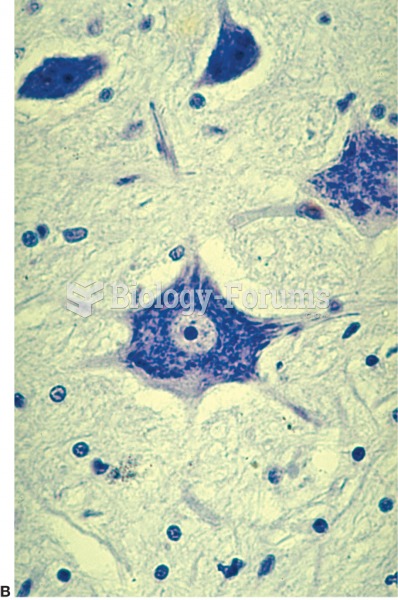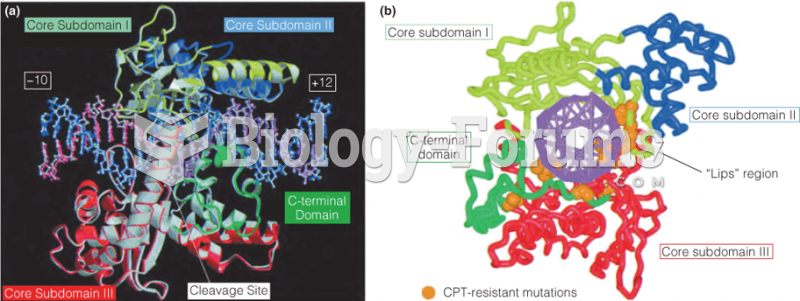|
|
|
The modern decimal position system was the invention of the Hindus (around 800 AD), involving the placing of numerals to indicate their value (units, tens, hundreds, and so on).
It is believed that the Incas used anesthesia. Evidence supports the theory that shamans chewed cocoa leaves and drilled holes into the heads of patients (letting evil spirits escape), spitting into the wounds they made. The mixture of cocaine, saliva, and resin numbed the site enough to allow hours of drilling.
Vaccines prevent between 2.5 and 4 million deaths every year.
More than one-third of adult Americans are obese. Diseases that kill the largest number of people annually, such as heart disease, cancer, diabetes, stroke, and hypertension, can be attributed to diet.
Normal urine is sterile. It contains fluids, salts, and waste products. It is free of bacteria, viruses, and fungi.
 (A) The structure of a neuron, showing the dendrites, nerve cell body, and axon. (B) Photomicrograph
(A) The structure of a neuron, showing the dendrites, nerve cell body, and axon. (B) Photomicrograph
 Nose, nasal cavity, and pharynx: (A) nasal cartilages and external structure; (B) meatus and positio
Nose, nasal cavity, and pharynx: (A) nasal cartilages and external structure; (B) meatus and positio





